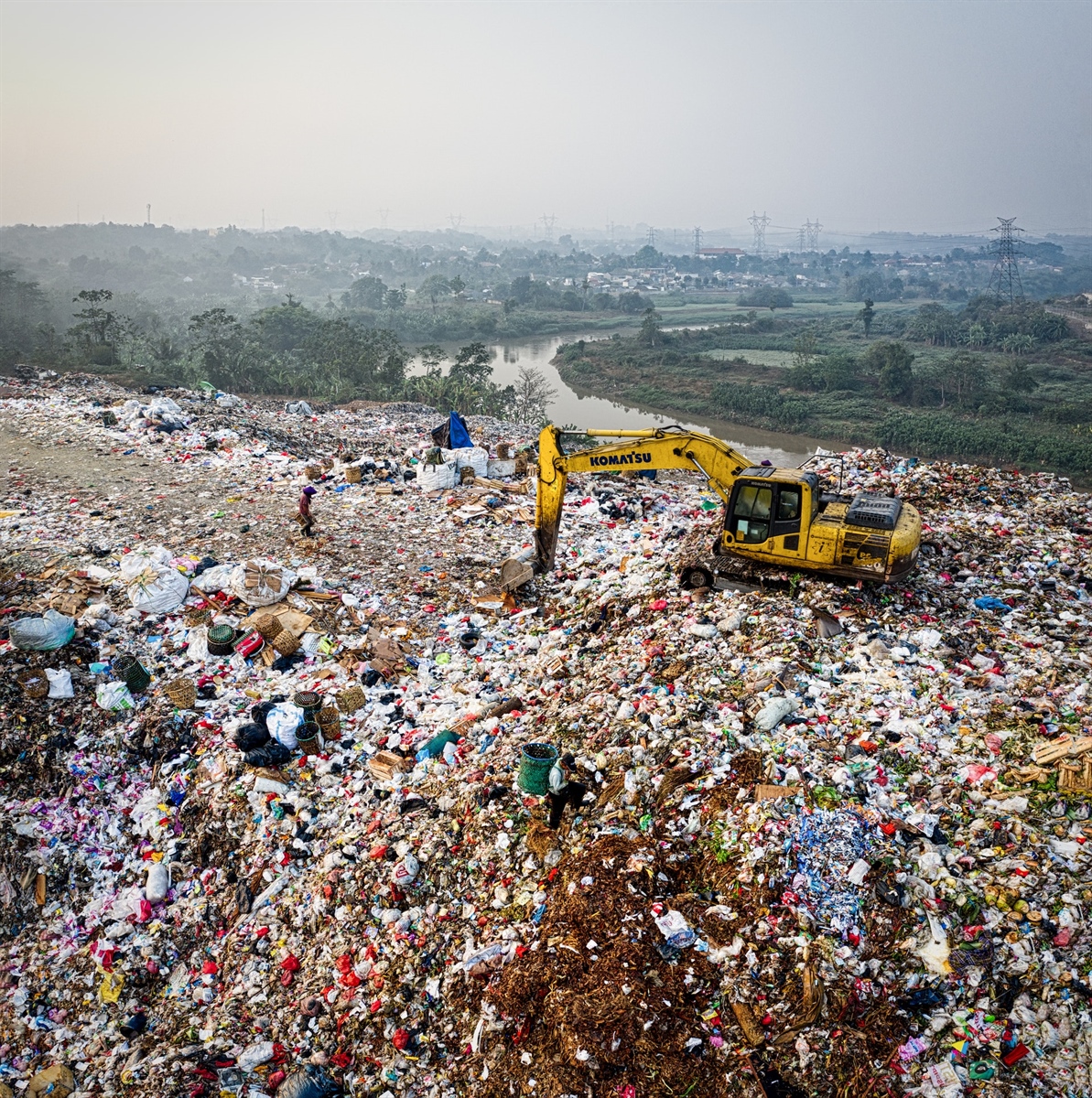Do you still have old broken laptops hanging around your house and not quite sure what to do with them? Or you got the recent upgrade on a phone and you keep the old one “just in case”. Most likely when you eventually move to a new house or do another spring clean you will rid of those unwanted items, but where do they end up? What do we do with electronic waste, otherwise known as “E-Waste”.
E-waste encompasses many different items from TVs, laptops, printers, tablets, refrigerators and batteries. If you put them in your rubbish bin, they will be picked up and taken to landfill. This is problematic as it prevents valuable parts from being recycled and means that many hazardous substances will leach into the environment. Many electronic devices contain heavy metals such as mercury and lead as well as chemicals such as CFCs and not to mention are predominately made of plastic that takes a long time to break down. Sending these items to landfill can contaminate soil and water systems which is damaging for the environment and can infiltrate the food chain.
A better option would be to take E-waste to an assigned disposal unit in the hope that they will properly recycle materials that they can and dispose of the non-recyclable parts safely. EU rules dictate that sellers of electrical and electronic equipment must provide a way for customers to dispose of old household electronic items. Unfortunately, this is often not the case.
An estimated of 50 million tonnes of E-Waste is produced each year, mostly from USA and Europe and the majority of this waste is then shipped to developing countries where it is cheaper to process and recycle. This is a massive problem because many of these countries are less equipped to recycle the products, often bypass safety laws and aren’t supplied with the correct equipment or protective uniform. Even though EU law is meant to protect from this type of practice, Basel Action Network (BAN), found this issue to be prevalent with UK the biggest illegal exporter of e-waste to developing countries. With E-waste looking to more than double by 2050 reaching up to 100 million tonnes produced per year, what is the answer to this?

The first stage in any aim to receive sustainability is to reduce. This mainly lands on the consumer who can reduce the number of electrical appliances in their home by having fewer TVs or upgrading your phone less often.
The second step would be to reuse, and this could fall on the consumer by buying second-hand items or getting their items repaired, but also falls on the responsibility of the firms and manufacturers to supply a means of fixing and repairing old items. The new EU “Right to Repair” Standard indicates that from 2021 firms must make a conscious effort to make appliances longer lasting and provide spare parts for machines for up to 10 years, so they are able to be repaired. The UK has pledged to match or even exceed these standards post-brexit. A recent BBC article touched on how consumers are taking reusing and repairing into their own hands by joining repair cafes and reuse clubs.
The final stage is to recycle. If your item is still working this could mean taking it to a second-hand shop such as CEX where they will look to resell the item. For more damaged items there are online sites such as “Freecycle” and “Freegle” that will take your devices off your hands. You can also check with your device manufacturer if they have a recycling scheme in place. If all of these options fail then your last resort is to take it to a properly certified electronic waste recycling unit. Using “recyclenow” website you can locate recycling units close to you. It can’t be guaranteed that this waste will always be disposed of legally however it is better option than throwing it into your rubbish bin where you know it will end up in land fill.
With all that being said always remember to wipe your electronic devices of any data you may have and if you need assistance get a techy to do it for you!
